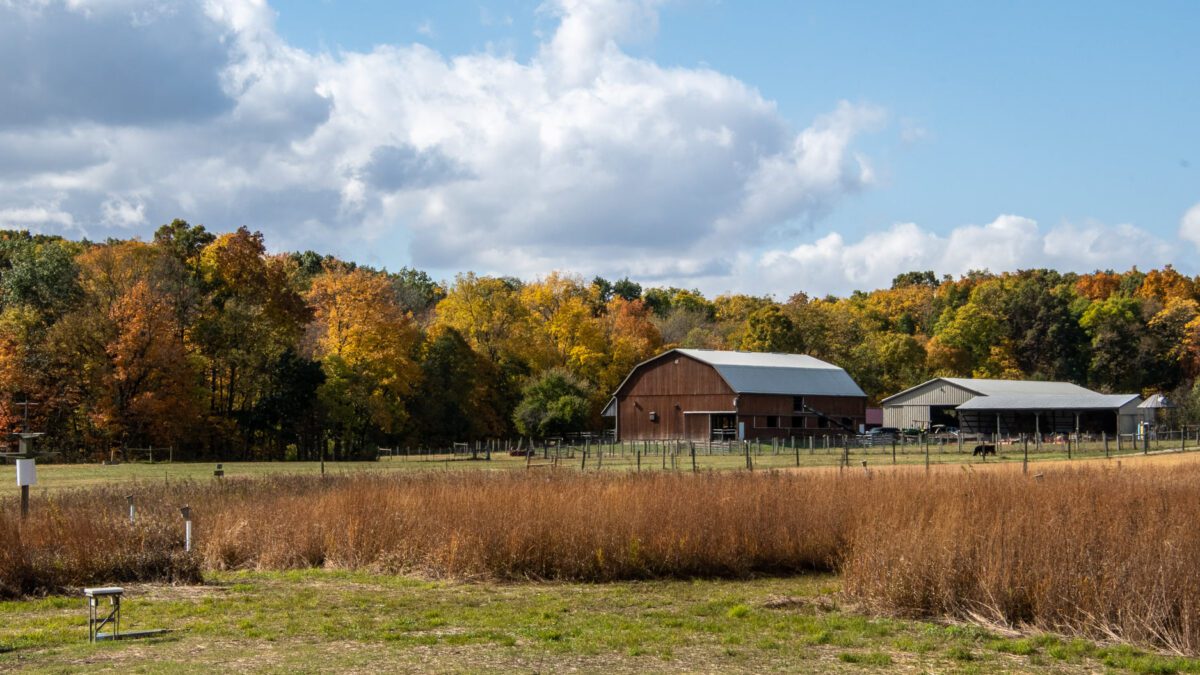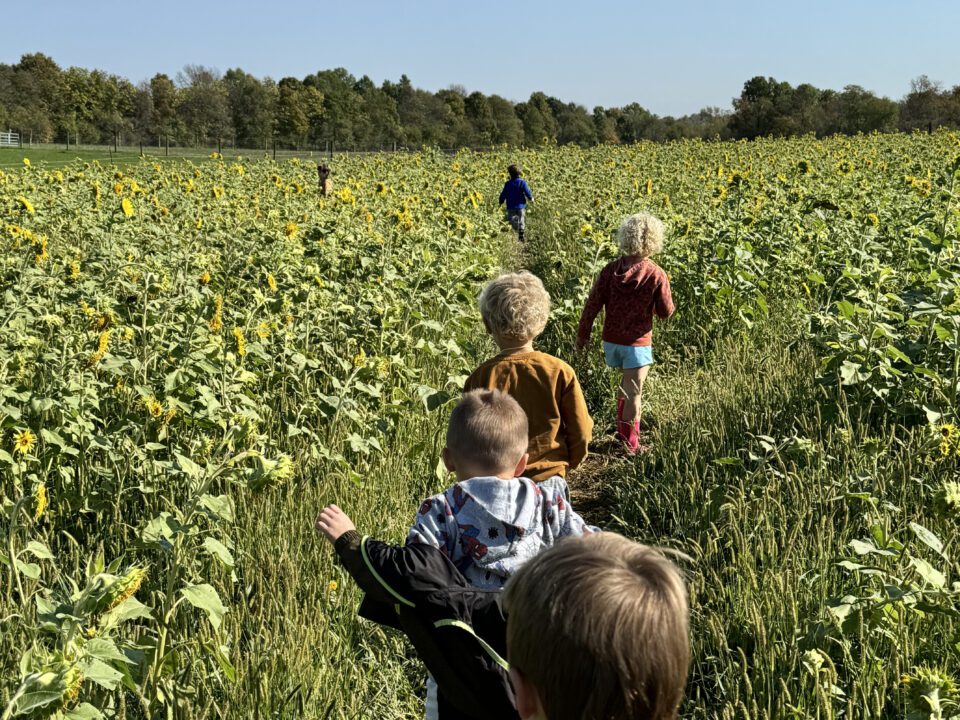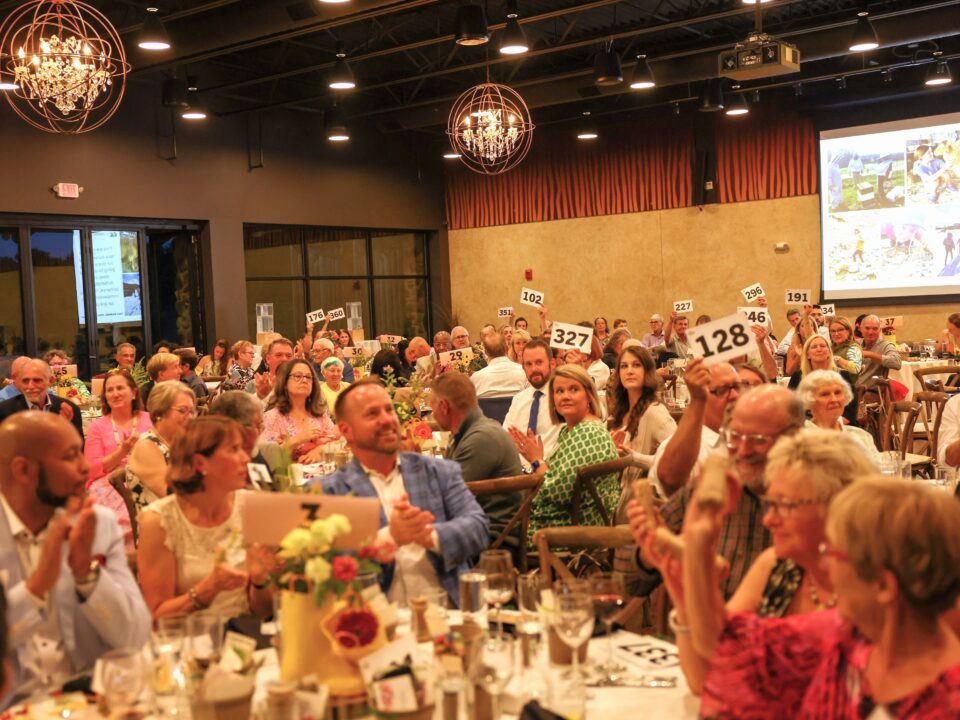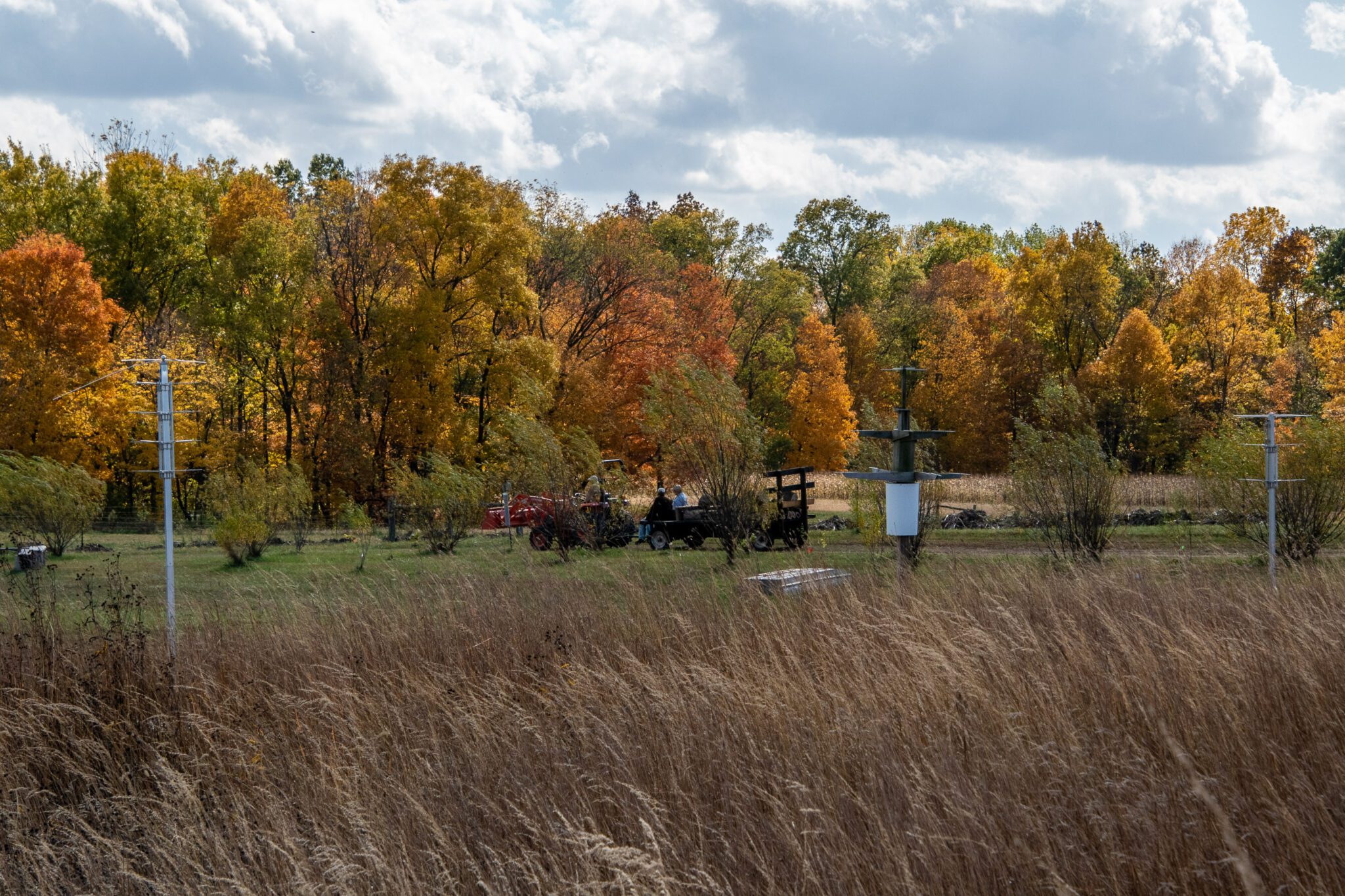
An English Wedding and an American Harvest Fair
September 15, 2012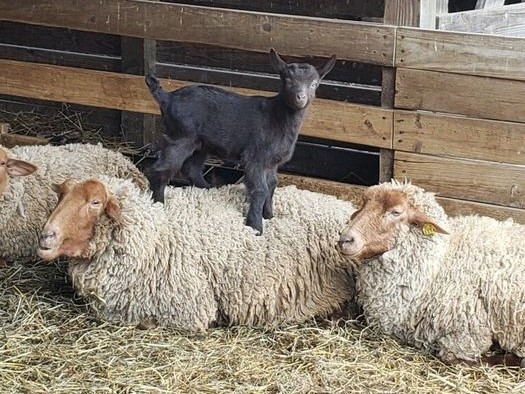
Stratford Growing “Browse” for the Columbus Zoo
December 16, 2012Published in The Delaware Gazette October 20 , 2012
Preparations for the annual Harvest Fair at Stratford Ecological Center on Liberty Road, held this year on the last Saturday of September, actually begin immediately after the previous Fair, but the day before the event must be counted as the busiest. The men provide volunteer labor to erect the heavy tents and poles, move tables and set up the stage and sound system. The women volunteers tend to do all the smaller jobs that ensure the Fair will run smoothly: wrapping and pricing baked goods, taking inventory of soaps, honey, and t-shirts, organizing raffle prizes, and gathering vegetables.
Bo Reed, from the Delaware Community Market, arrived mid morning eager to pick up fresh peppers, tomatoes, egg plants, Swiss chard, zucchini and butternut squash to add to his soups for lunch at the Fair. There was a flurry of activity in the u-pick area, children’s garden and greenhouse, to meet his needs and allow him to start cooking. It’s the first time we have offered soup and Bo’s incredibly flavorful tomato basil and sweet butternut squash creations were even more popular than the pulled pork and Sloppy Joes.
From my vantage point in the u-pick area, whilst gathering vegetables at a more leisurely pace for the farmer’s market table, it was highly amusing to observe Jane Walsh, Stratford’s volunteer coordinator, direct the men in erecting a small Teepee in Kid’s World. The fair sex was obviously outnumbered, and the men were eager to accomplish their task. Soon the Teepee went up but just as soon it was being dismantled! It turns out the covering was inside-out. Also, in the heat of the moment, Jane did not get across to the men how native Indians traditionally set the first three poles; and if you are going to erect a Teepee you got to get it correct – right?
By late afternoon, all except the slow cooking of meat for lunch was finished and we stopped at a local watering hole to enjoy supper. Around dusk we decided to return to Stratford and visit the pioneer encampment, which had been set up by the pond. We were graciously received by two “backwoodsmen” and escorted into their shelter. It was a very large Teepee, and doubtless erected with more dexterity that ours in Kids World!
We sat down on deerskin rugs and leaned our backs against sturdy twigs lashed together with string. Fire was brought in to keep us warm and allow them to share with us how the smoke flows out of the open flap. It was pointed out that the outside canvas stopped short of the ground and the inner canvas, which went about a third of the way up, touched the ground. The draft created between the layers pulled the smoke upwards. We were impressed with the ingenuity. We did not pass a peace pipe as we conversed, nor did we stare too hard at the positioning of the poles, but we certainly enjoyed our unexpected experience.
The day of the Fair was perfect fall weather and drew many families. There was so much to do. A farm camper’s parent won the “past sell-by size” zucchini toss, with a distance of ninety-nine feet. Then a wagonload of folks took the zucchini remains out to the hogs and I don’t know who squealed the loudest when Roxy and her eight babes rushed across.
The mustang rides were as popular as ever with the kids, and at least one adult. The lady hung on for dear life but she was determined to ride her first horse. She fulfilled one of only three rules at Stratford: “Try Something New.” The others are “Take Care of Everything that is Alive,” easily accomplished by feeding the chickens, and the last and most important, “Have Fun.” This was very much in evidence all day.
Having past the fly-free date at the end of September, and replaced the starter motor in the tractor, we are finally able to plant winter spelt. A variety of seed called Maverick was used, aptly named no doubt, after all those Mavericks who risk a great deal to farm as a livelihood. We covered an acre of the u-pick area, one half of the North Pasture, and the nicely turned up ground, thanks to the hogs, in half of field #7 near the sugar shack.
The hogs have been moved into the other half to feast on four wide rows of healthy turnip tops and roots. Separating the turnip there are mysterious and disappointing dead rows of what appears to be crab grass, burned brown due to the drought. There should have been lush orchard grass following this summer’s oat crop, as the two were planted together.
The ram is running with the ewes and early spring lambs can be expected. Meanwhile, our colorful buck goat, Apollo, is on loan to mate with the nanny goats belonging to assistant farmer Gabe Ross, and will return in mid November to breed with our herd. The last of this year’s lambs have been processed and are available for sale, along with our roasting chickens and lean beef.
The maple trees, especially the ones on the perimeter of the sugar bush, are full of color. These trees have less competition for moisture and nutrients which could be why they display so much variation in color. It may well be worth your while to come out, and as you walk across the carpet of leaves to count the ways to describe their drift downward and their hues. It is a memory you can carry all winter.
“Farm Connection” is a monthly article connecting city folk to life on the Stratford Ecological Center farm. It is published on the first Saturday of the month on the farm and garden page of The Delaware Gazette.


